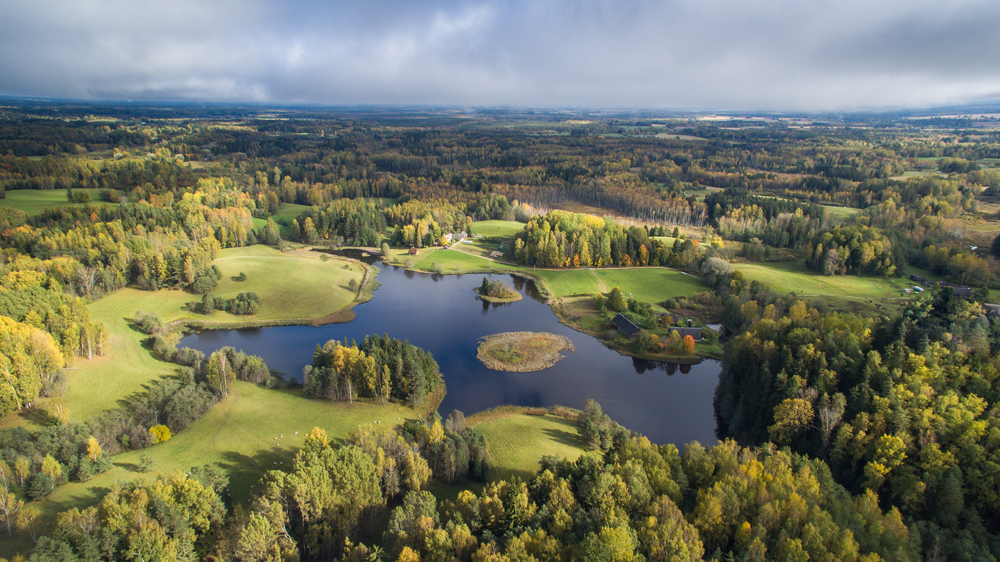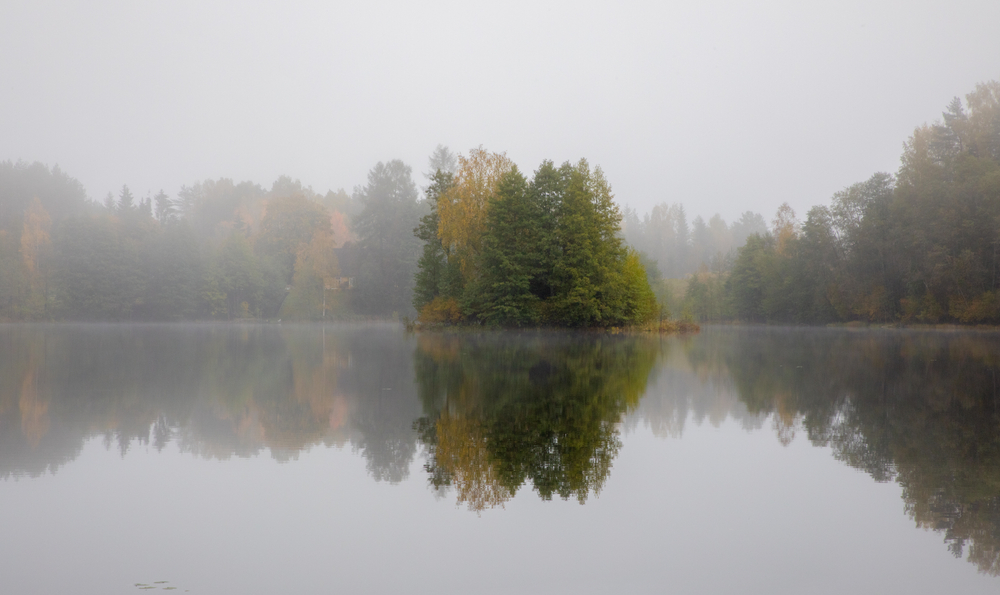Karula Overview
Karula National Park, known locally as Karula rahvuspark, is a gem nestled in the southern region of Estonia. Covering an area of approximately 46 square miles (120 square kilometers), it is the smallest national park in the country but remains one of its most enchanting. Located in Valga and Võru counties, the park’s rolling hills, pristine lakes, and serene forests make it a haven for nature lovers and those seeking tranquility.
The park’s undulating terrain features a mosaic of forests, wetlands, and agricultural landscapes, with over 40 lakes dotting the area. One of the park’s highlights is Lake Ähijärv, the largest and most picturesque, surrounded by dense woodland and offering stunning reflections of the Estonian sky. Additionally, visitors can explore the Karula Uplands, which showcase gentle hills and valleys formed by glacial activity thousands of years ago.
The vegetation in Karula National Park is rich and varied, with a mixture of coniferous and deciduous trees dominating the forested areas. Pine, spruce, birch, and aspen are common, while the park’s wetlands host an array of mosses, sedges, and other water-loving plants. Seasonal blooms bring bursts of color to the park, with wildflowers like cow parsley and fireweed adorning the meadows in summer.
Wildlife enthusiasts will find Karula National Park a delightful destination, as it is home to a diverse array of species. Among the mammals, visitors might catch a glimpse of the elusive lynx, roe deer, or red fox. The park is also known for its population of beavers, which create intricate waterways in the wetlands.
Birdwatchers can marvel at species such as the black stork, white-tailed eagle, and various woodpeckers. The park’s tranquil lakes and ponds are ideal habitats for amphibians, such as frogs and newts, and a variety of insects, including vibrant dragonflies, thrive in the area.
Popular features of Karula National Park include its well-maintained hiking trails, which cater to varying levels of difficulty. The Ähijärve Visitor Center serves as a gateway to the park, offering information about trails, wildlife, and conservation efforts.
The observation towers scattered throughout the park provide breathtaking panoramic views of the surrounding landscape, allowing visitors to fully appreciate the unique beauty of Estonia’s southernmost national park. Additionally, traditional farmsteads and cultural landmarks within the park offer a glimpse into the region’s rural heritage.
Visitors to Karula National Park can engage with its beauty in several ways, including hiking, cycling, and canoeing on the serene lakes. Birdwatching and nature photography are also popular activities, as the park offers countless opportunities to capture its unspoiled charm. In winter, the snowy landscape transforms the park into a wonderland, inviting cross-country skiing enthusiasts to explore its trails.
Karula National Park has faced conservation challenges, particularly regarding habitat preservation and balancing tourism with environmental protection. However, its management has made significant strides in maintaining the park’s biodiversity through sustainable practices and community involvement.
Conservation projects have successfully protected endangered species and restored natural habitats, ensuring that the park remains a thriving ecosystem for future generations.
Park Map
Karula National Park Highlights
Engaging Karula National Park
Sources
- Park Site, Karula National Park, https://kaitsealad.ee/en/protected-areas/karula-national-park-0, retrieved August 2024.
- RMC, Karula National Park, https://www.loodusegakoos.ee/where-to-go/national-parks/karula-national-park, retrieved August 2024.
- Visit Estonia, Karula National Park, https://www.visitestonia.com/en/karula-national-park-and-national-park-visitor-centre-in-lake-ahijarv, retrieved August 2024.
- Vorumaa Southern Estonia, Karula National Park, https://www.visitvoru.ee/karula-national-park, retrieved August 2024.
- Wikipedia, Karula National Park, https://en.wikipedia.org/wiki/Karula_National_Park, retrieved August 2024.
























































































